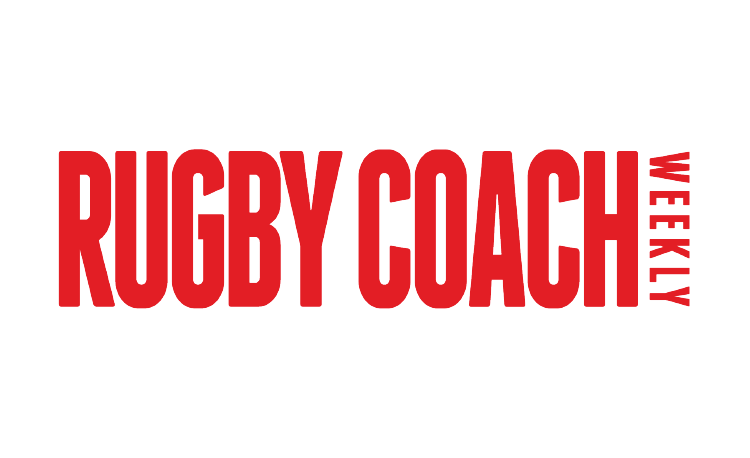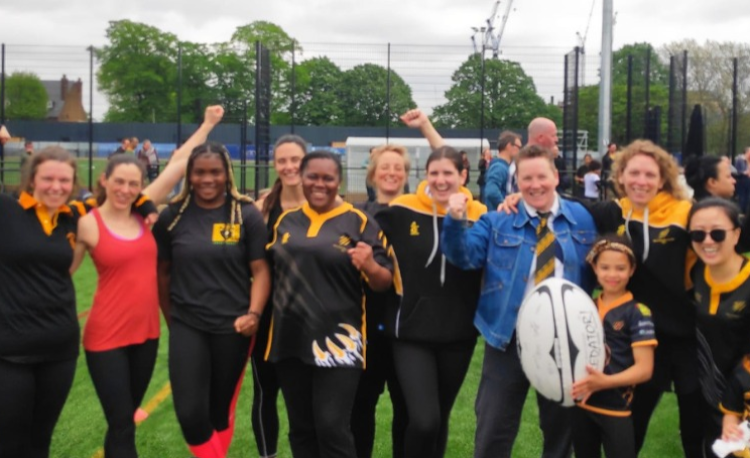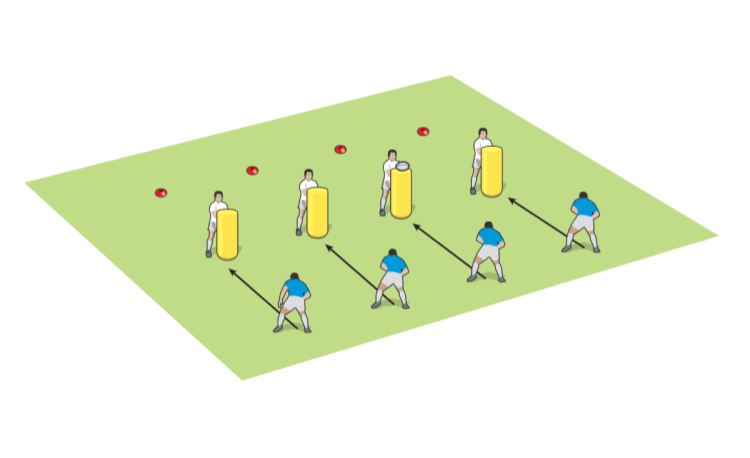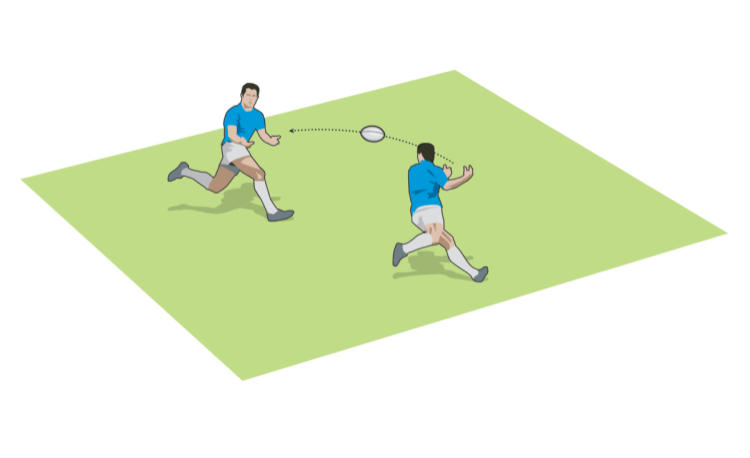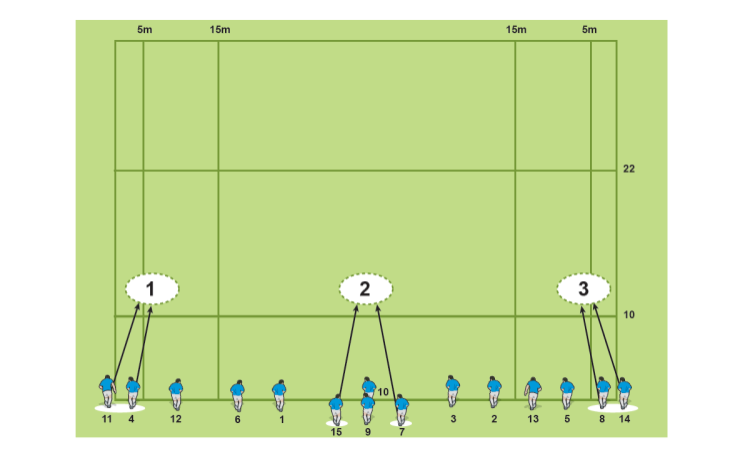You are viewing
1 of your 2 free articles
VIDEO: Building a contact activity up to develop learning (PART TWO)
Here is a new contact activity, and how I would introduce it to players who've not seen it before. The activity itself works on good techniques in the ruck area and decision making around the tackle. This is part two, where I add some knowledge to their current understanding, to build up their skillset.
By questioning, you can draw out what the players know, and often what they don't. Once you have reached this stage, you can be more directive and add in some knowledge. Because you have used questioning, you should be building on top of what they already know - layering the information.
That they can verbalise the answers, or even show you the technique in static positions is not enough to indicate they can replicate it in more complex scenarios. However, it is an important part of the process, because they have to be clear what is good and what could be better.
Here, I want the ball carrier to be more active on the ground, to help make it more difficult for the defender to grab the ball and easier for the support players to drive over.
Also, once the exercise is in progress, I remind the players to focus on the threat to the ball.
You can't tell if the players have learned the techniques/skills until you try them into a new or slightly different context at a future date. This exercise aims to layer onto their current understanding, and give them additional ways to solve problems.
Run the activity again in the next session. With the players being more familiar with what they have to do, they can explore the techniques in more depth.
SET UP FOR THE ORIGINAL DRILL
- Put a ruck-pad holder in the middle of four players, who stand about 1m away from the pad.
- Have the pad holder rotate to face a player. The four players pass a ball around so that the ball is always opposite the direction the pad holder is facing.
- Make sure the pad holder is holding the pad correctly.
- Run this through so the players understand that mechanic of the activity.
SET UP INTO ACTIVITY
- Indicate that when you shout "go", the current ball carrier runs forward to take contact. Get a player to show you how that works.
- Remind the ball carrier should attack the edges or corners of the pad.
- After the ball carrier has gone to the ground to present the ball, then the two players to the side of the pad run into support the "tackled" player.
- In the meantime, the player who is behind the pad holder runs in to challenge for the ball.
ADDING KNOWLEDGE
By questioning, you can draw out what the players know, and often what they don't. Once you have reached this stage, you can be more directive and add in some knowledge. Because you have used questioning, you should be building on top of what they already know - layering the information.
That they can verbalise the answers, or even show you the technique in static positions is not enough to indicate they can replicate it in more complex scenarios. However, it is an important part of the process, because they have to be clear what is good and what could be better.
WHAT IS THE ADDITIONAL KNOWLEDGE
Here, I want the ball carrier to be more active on the ground, to help make it more difficult for the defender to grab the ball and easier for the support players to drive over.
Also, once the exercise is in progress, I remind the players to focus on the threat to the ball.
WHEN DOES LEARNING HAPPEN
You can't tell if the players have learned the techniques/skills until you try them into a new or slightly different context at a future date. This exercise aims to layer onto their current understanding, and give them additional ways to solve problems.
Run the activity again in the next session. With the players being more familiar with what they have to do, they can explore the techniques in more depth.
Newsletter Sign Up
Coaches Testimonials

Gerald Kearney, Downtown Las Vegas Soccer Club

Paul Butler, Florida, USA

Rick Shields, Springboro, USA

Tony Green, Pierrefonds Titans, Quebec, Canada
Subscribe Today
Be a more effective, more successful rugby coach
In a recent survey 89% of subscribers said Rugby Coach Weekly makes them more confident, 91% said Rugby Coach Weekly makes them a more effective coach and 93% said Rugby Coach Weekly makes them more inspired.
Get Weekly Inspiration
All the latest techniques and approaches
Rugby Coach Weekly offers proven and easy to use rugby drills, coaching sessions, practice plans, small-sided games, warm-ups, training tips and advice.
We've been at the cutting edge of rugby coaching since we launched in 2005, creating resources for the grassroots youth coach, following best practice from around the world and insights from the professional game.
More from us
© 2023 Rugby Coach Weekly
Part of Green Star Media Ltd. Company number: 3008779
We use cookies so we can provide you with the best online experience. By continuing to browse this site you are agreeing to our use of cookies. Click on the banner to find out more.
